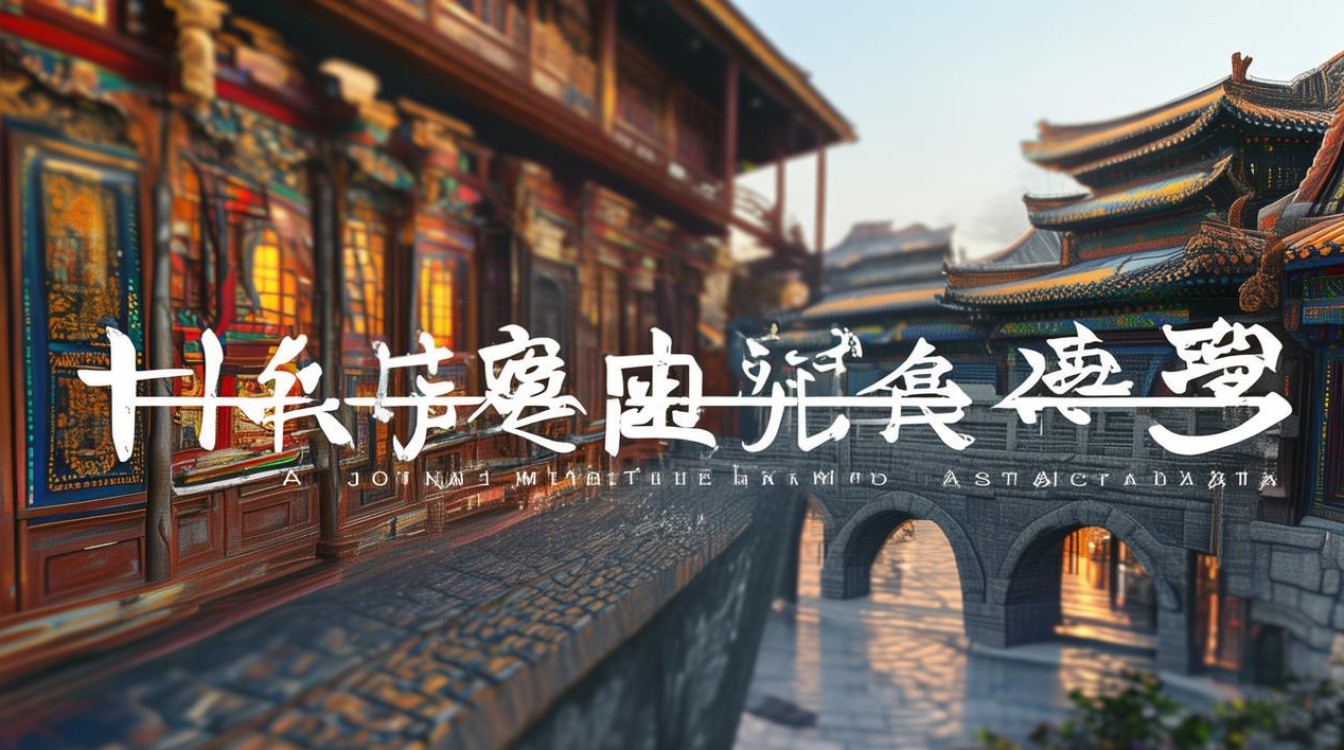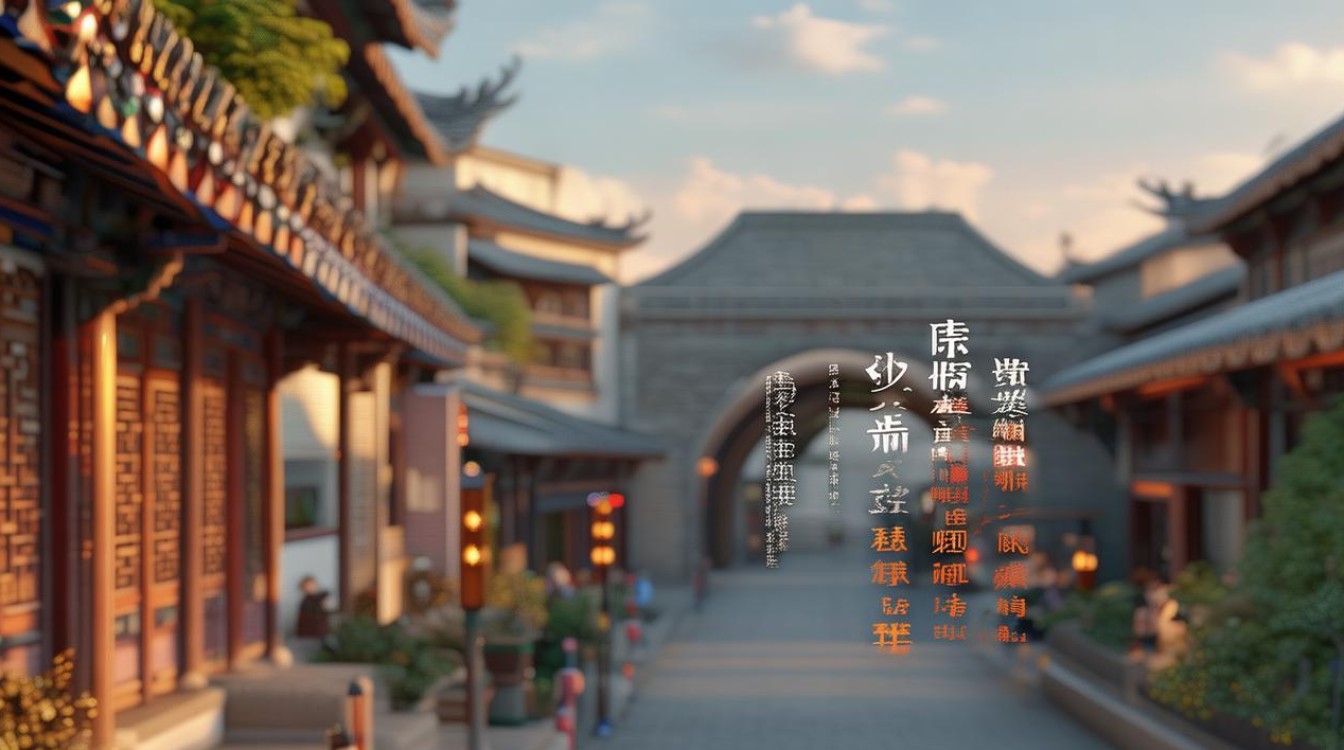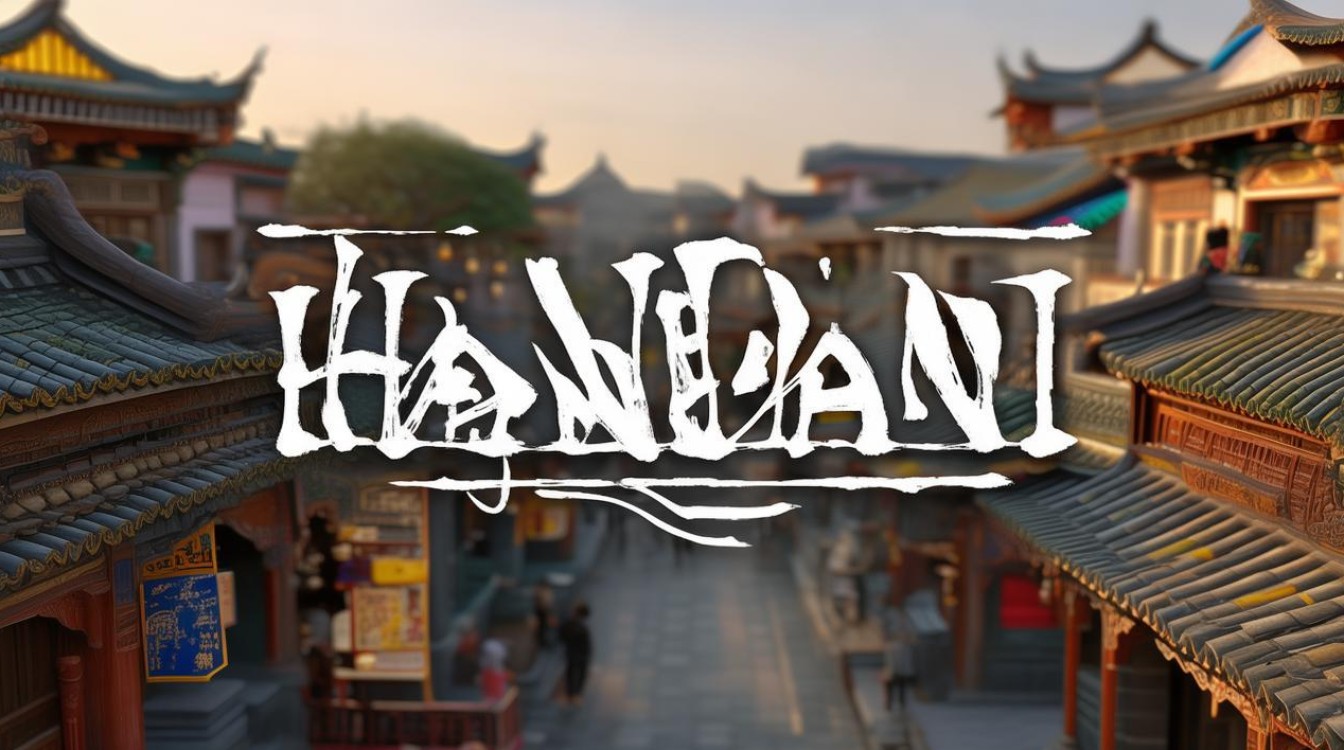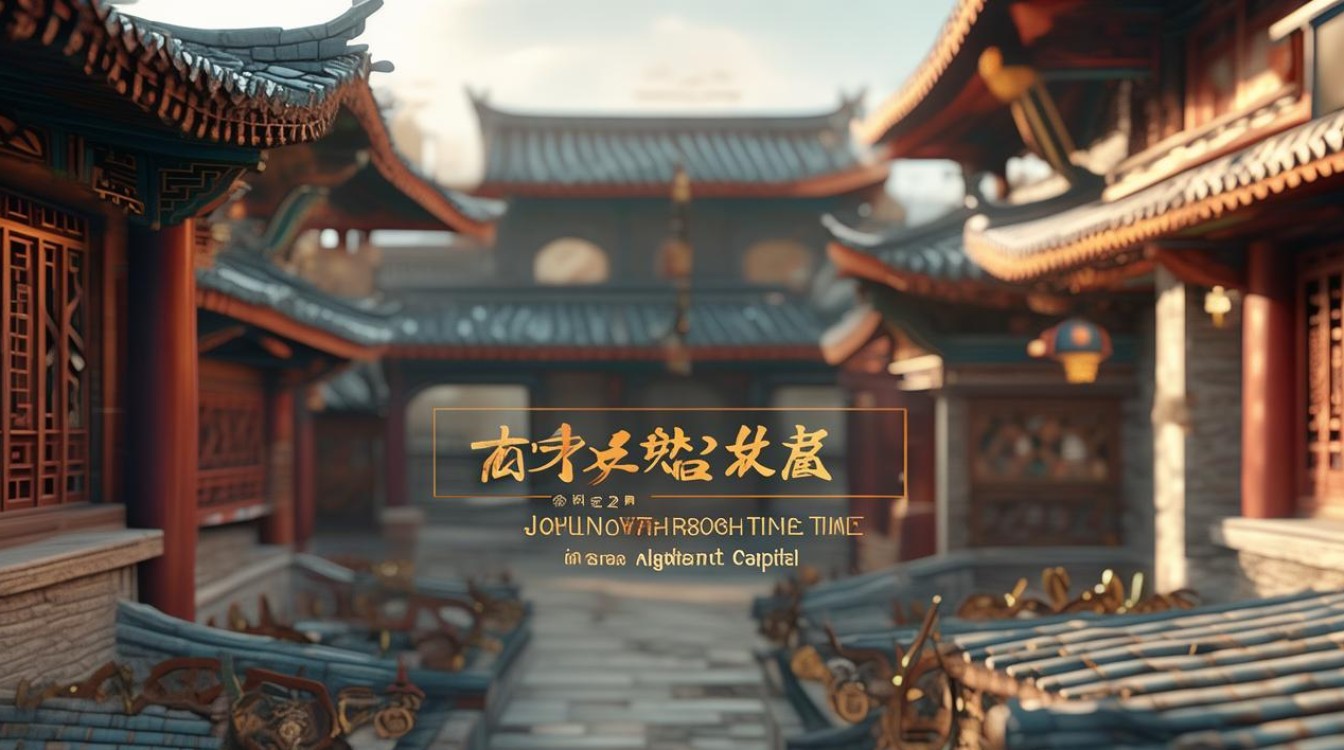Nestled in the southern part of Hebei Province, Handan stands as one of China’s most historically significant cities. With a legacy spanning over 3,000 years, it served as the capital for multiple dynasties and witnessed pivotal moments in Chinese civilization. This article delves into Handan’s rich past, exploring its cultural heritage, legendary figures, and enduring influence on modern China.

The Birthplace of Chinese Civilization
Handan’s history traces back to the Neolithic era, with archaeological evidence revealing early human settlements. By the Shang Dynasty (1600–1046 BCE), it had emerged as a regional hub. However, its golden age began during the Warring States Period (475–221 BCE), when it became the capital of the Zhao State. The Zhao rulers transformed Handan into a political and cultural epicenter, renowned for its advanced urban planning and military prowess.
The city’s strategic location along trade routes fostered economic prosperity. Handan was a melting pot of ideas, attracting scholars, artists, and strategists. Its famed "Handan Walk" even inspired idioms still used today, symbolizing the city’s cultural impact.
Legends and Heroes
Handan’s history is intertwined with legendary figures who shaped China’s narrative. Among them, Lian Po and Lin Xiangru, two iconic Zhao statesmen, exemplified loyalty and diplomacy. Their story of reconciliation, known as "Returning the Jade Intact to Zhao," remains a cornerstone of Chinese literature.
Another notable figure is Zhao Wu Ling, the Zhao king who revolutionized warfare by adopting horseback riding and archery from northern nomads. His reforms not only strengthened Zhao’s military but also influenced later dynasties.

Cultural and Architectural Marvels
Handan’s architectural heritage reflects its historical grandeur. The Guangfu City ruins, a remnant of the Zhao capital, offer glimpses of ancient urban design. The Xiangtangshan Grottoes, carved during the Northern Qi Dynasty (550–577 CE), showcase exquisite Buddhist artistry, rivaling the more famous Longmen and Yungang Grottoes.
The Congtai Park, built by the Zhao kings, blends natural beauty with historical significance. Its terraces once hosted royal ceremonies, while today, visitors stroll through gardens echoing centuries of poetry and philosophy.
Handan in the Imperial Era
After the Zhao State’s fall, Handan remained a key regional center. During the Han Dynasty (206 BCE–220 CE), it thrived as a commercial node along the Silk Road. The Tang (618–907) and Song (960–1279) dynasties further cemented its role in trade and culture.
The Ming (1368–1644) and Qing (1644–1912) eras saw Handan evolve into a hub for traditional crafts, particularly ceramics and textiles. Its Cizhou kilns produced distinctive black-and-white pottery, celebrated for its rustic elegance.

Modern Handan: Bridging Past and Present
Today, Handan harmonizes its ancient legacy with modernity. The city preserves over 500 historical sites, including the Handan Museum, which houses artifacts from every era. Annual festivals, like the Zhao Culture Tourism Festival, revive traditions, attracting history enthusiasts worldwide.
Economically, Handan leverages its heritage to boost tourism while advancing industries like steel and manufacturing. The Shexian County, part of Greater Handan, is famed for its walnut groves and traditional paper-cutting art, a UNESCO intangible cultural heritage.
Why Handan Matters
Handan’s story is more than a chronicle of the past; it’s a testament to resilience and adaptation. From a Warring States capital to a modern city, it embodies China’s ability to honor history while embracing progress. For visitors, Handan offers a rare opportunity to walk through layers of time, where every street and relic whispers tales of emperors, poets, and innovators.
In a world increasingly disconnected from its roots, Handan stands as a reminder of the enduring power of cultural memory. Its legacy invites us to reflect on how history shapes identity and inspires future generations.

Exploring Handan is not just a trip—it’s a dialogue with civilization itself.


